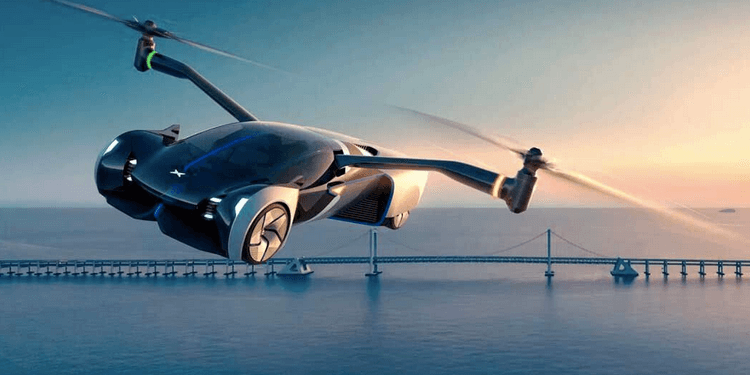The concept of flying cars has human imagination for over a century, transitioning from the pages of science fiction novels to Hollywood blockbusters like “Back to the Future.” Today, what once seemed impossible is rapidly becoming achievable reality. As we approach 2030, the question isn’t whether flying cars will exist, but rather how quickly they’ll integrate into our daily transportation systems.
The flying car industry has reached unprecedented momentum, with companies like Alef Aeronautics receiving Federal Aviation Administration approval for road and air testing of their revolutionary Model A. This fully electric vehicle represents a paradigm shift in urban mobility, capable of both driving on roads and taking off vertically like a drone. With a road range of 320 kilometers and air range of 180 kilometers, the Model A demonstrates that flying car technology has moved beyond theoretical concepts.
Major automotive manufacturers are investing heavily in this transformation. Hyundai’s European operations CEO confidently predicts that flying cars will become reality by 2030, with the company pledging $1.5 billion toward urban air mobility development. Similarly, industry experts believe commercial flying car models could emerge within the next 5-7 years, with widespread adoption expected by 2030.
The convergence of electric propulsion systems, autonomous navigation technology, and advanced lightweight materials has created the perfect storm for flying car development. Companies like Joby Aviation, Airbus Vahana, and Terrafugia are pioneering electric vertical takeoff and landing (eVTOL) aircraft that promise to revolutionize urban transportation. These innovations address traditional aviation challenges while offering sustainable, efficient alternatives to ground-based vehicles.
Current State of Flying Car Technology
The flying car in 2025 showcases remarkable technological achievements. Alef Aeronautics has successfully demonstrated their Model A prototype, which features hidden propellers and a unique rotating body mechanism that transitions from vertical to forward flight. The vehicle’s cockpit remains stationary while the car body rotates 90 degrees, showcasing innovative engineering solutions.
Electric propulsion systems have emerged as the dominant technology, offering quieter operation and lower emissions compared to traditional combustion engines. These systems utilize advanced battery technologies, including solid-state batteries with higher energy density and lithium iron phosphate batteries that provide extended flight times. Current prototypes achieve flight durations of 20-30 minutes, with researchers working to extend this to 1.5-2 hours.

Autonomous control systems represent another crucial advancement. Flying cars cannot rely solely on human pilots for safe operation in urban environments. Companies are developing sophisticated navigation systems that handle collision avoidance, route management, and traffic control automatically, reducing pilot requirements while maintaining high safety standards.
Challenges and Obstacles
Despite technological progress, significant hurdles remain before flying cars become mainstream transportation. Regulatory frameworks present the most immediate challenge, as aviation authorities must develop comprehensive guidelines for licensing, air traffic management, and safety protocols. The Federal Aviation Administration has begun addressing these issues by announcing rules for operating air taxis, but complete regulatory frameworks require additional development.
Infrastructure development poses another substantial challenge. Cities must construct vertiports—specialized landing and takeoff facilities designed for flying cars. These urban air mobility hubs require integration with existing transportation networks and air traffic management systems. Additionally, charging stations and battery swapping facilities must be established to support electric flying vehicles.
Cost remains a significant barrier to widespread adoption. Current flying cars like Alef’s Model A are priced at $300,000, making them accessible only to wealthy consumers. However, companies are working toward more affordable options, with Alef planning future models priced around $35,000.
Future Predictions and Timeline
Industry experts and manufacturers provide optimistic timelines for flying car adoption. Alef Aeronautics plans to begin production of their Model Zero within one year, with their advanced Model Z expected by 2035. This timeline reflects consistent industry development over the next decade.
Mass adoption will likely follow a gradual progression. Flying car rideshare services—essentially “Uber for the skies”—may become common within 10-20 years, providing accessible aerial transportation before personal ownership becomes widespread. Cities like Dubai, Los Angeles, and Singapore are already conducting test flights and developing commercial flying car services.
The transformation of urban transportation through flying cars promises to alleviate traffic congestion, reduce travel times, and provide access to remote areas with challenging terrain. As battery technology improves and costs decrease, flying cars will transition from luxury items to practical transportation solutions, fundamentally changing how we navigate urban environments.



